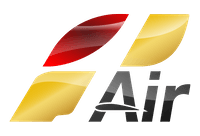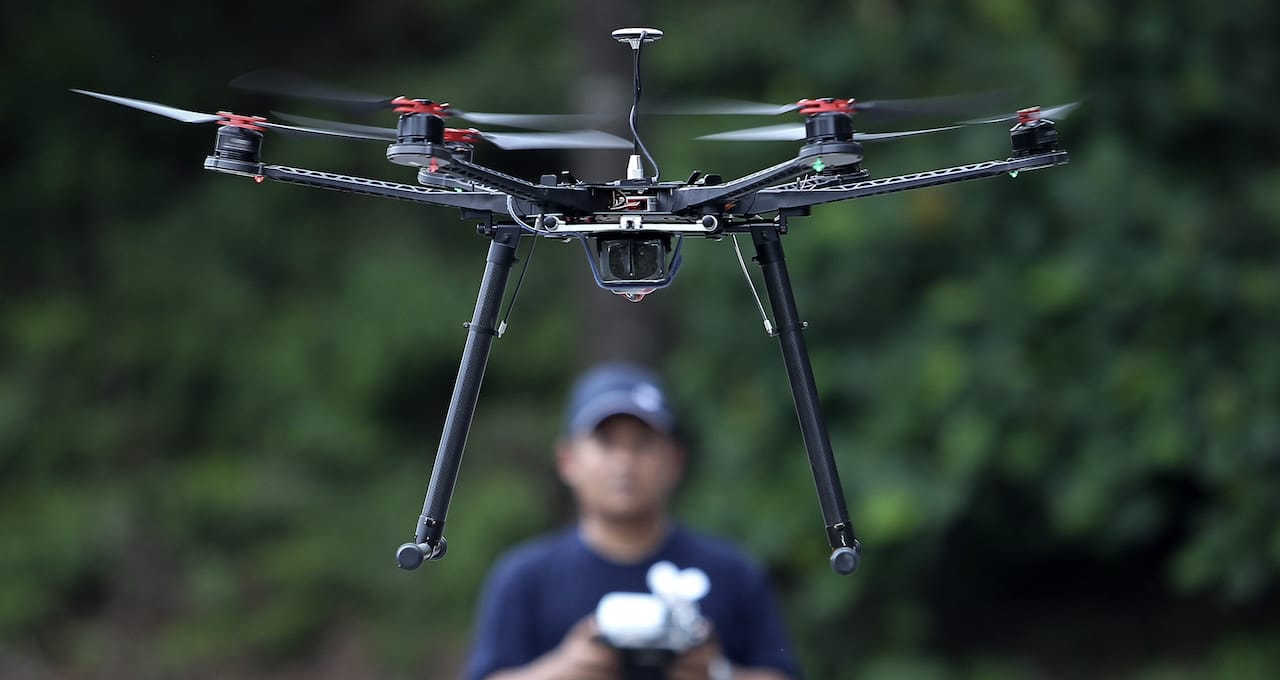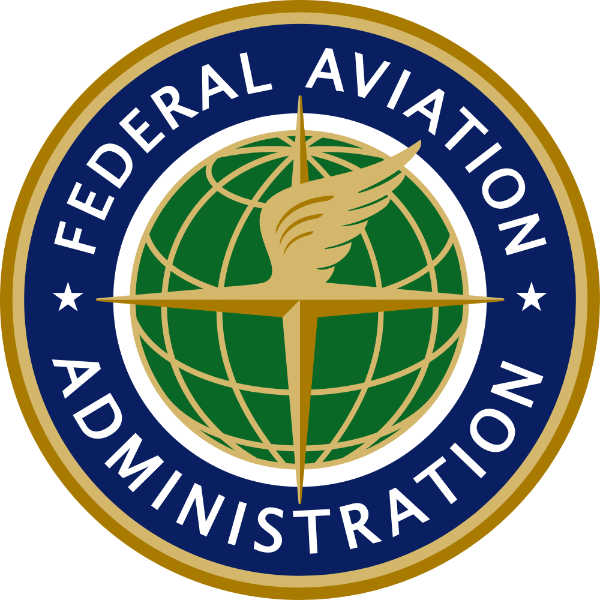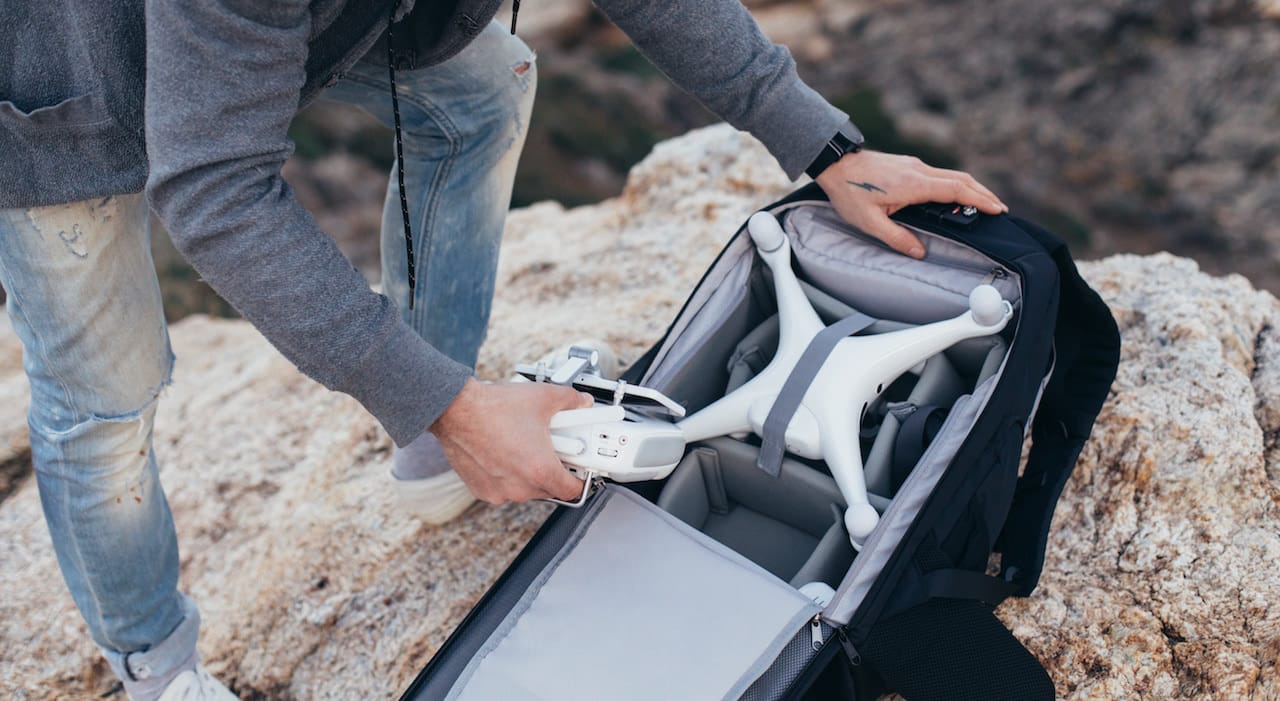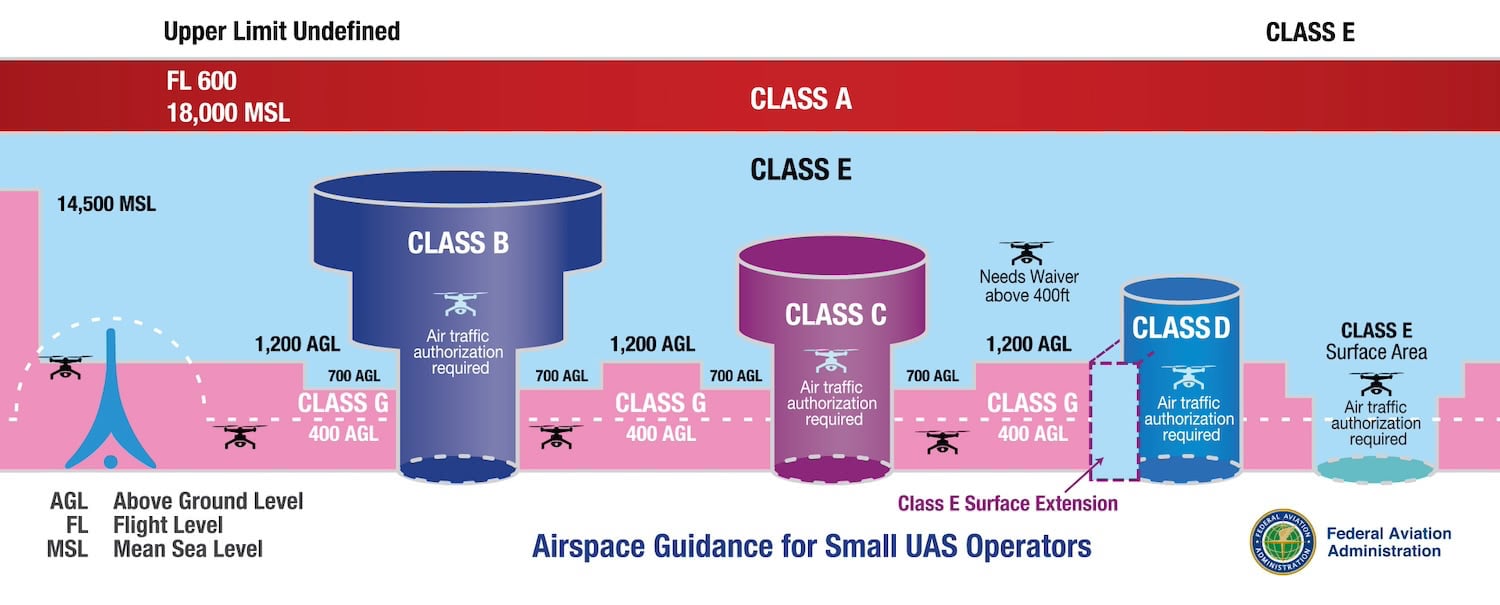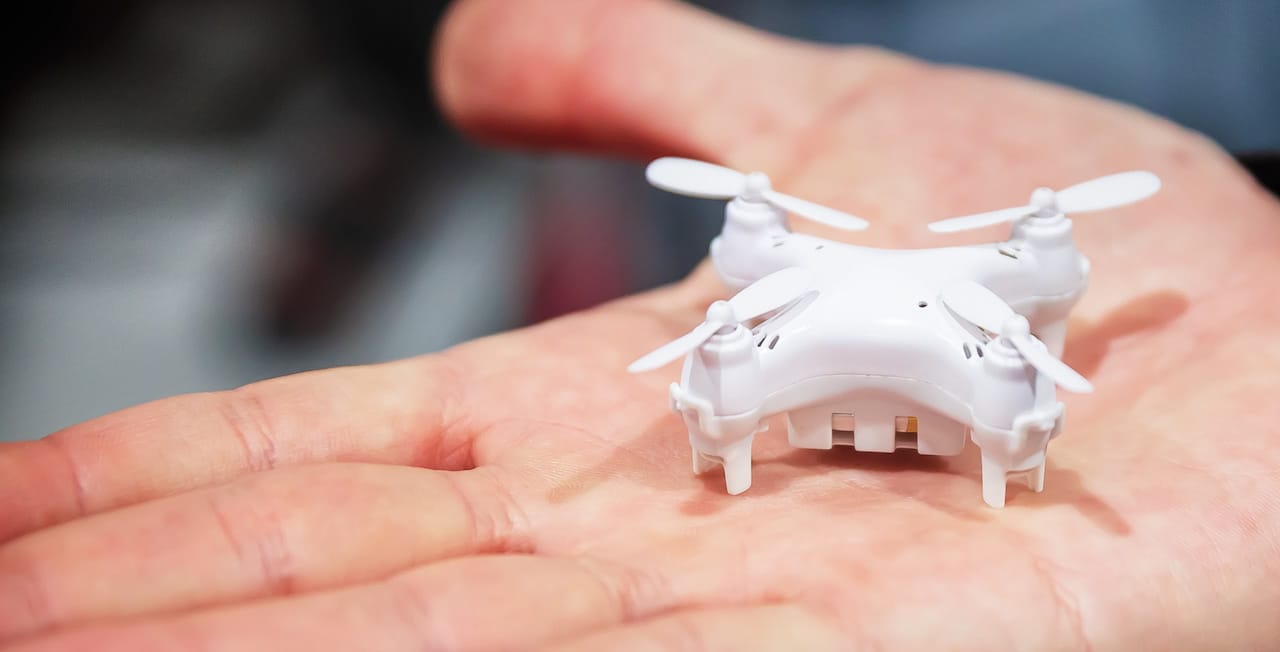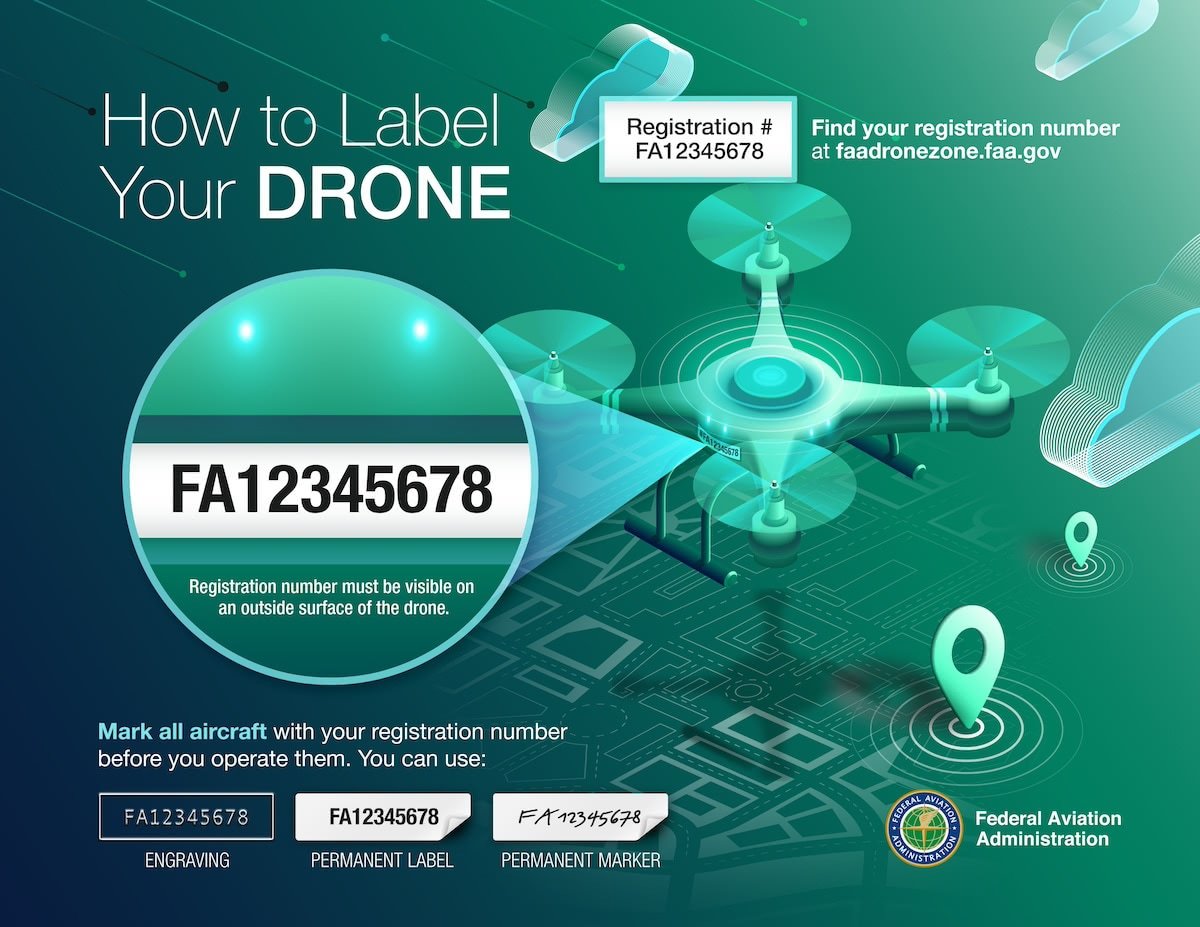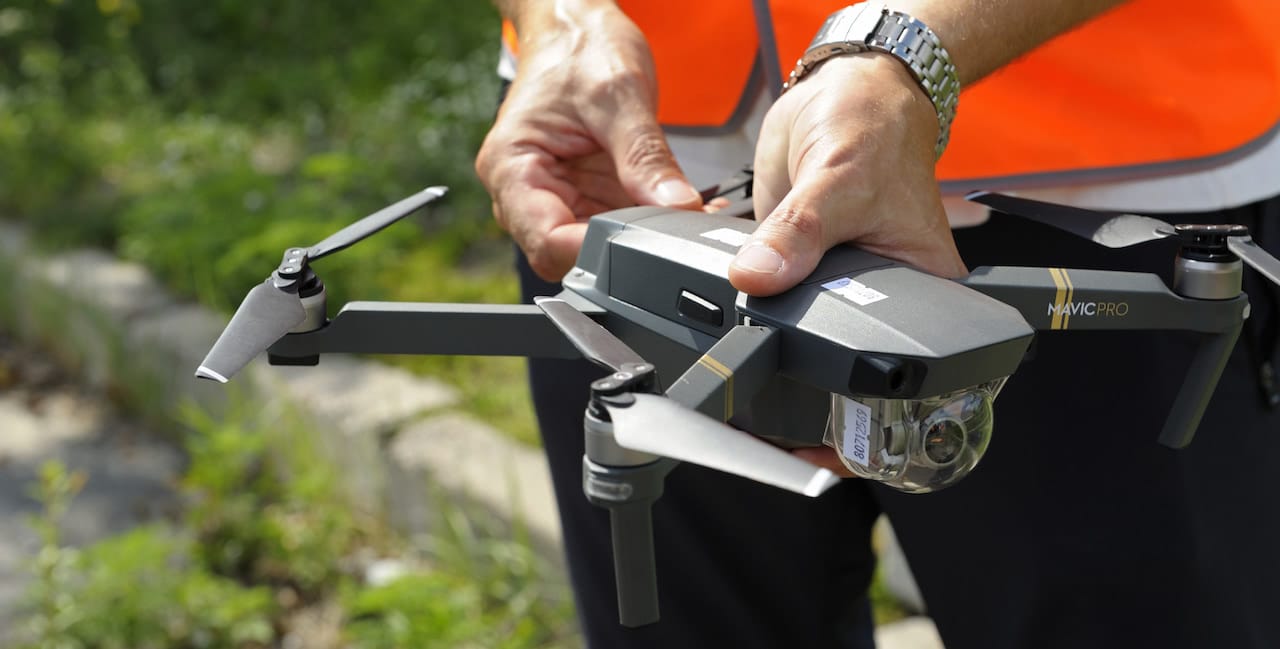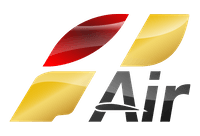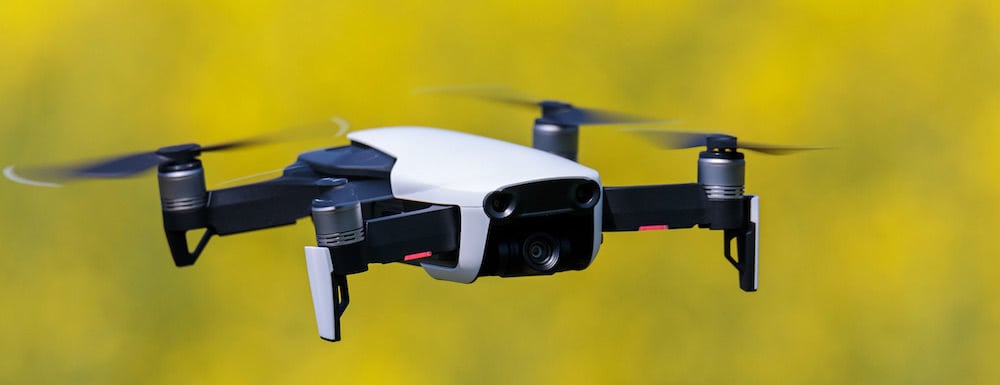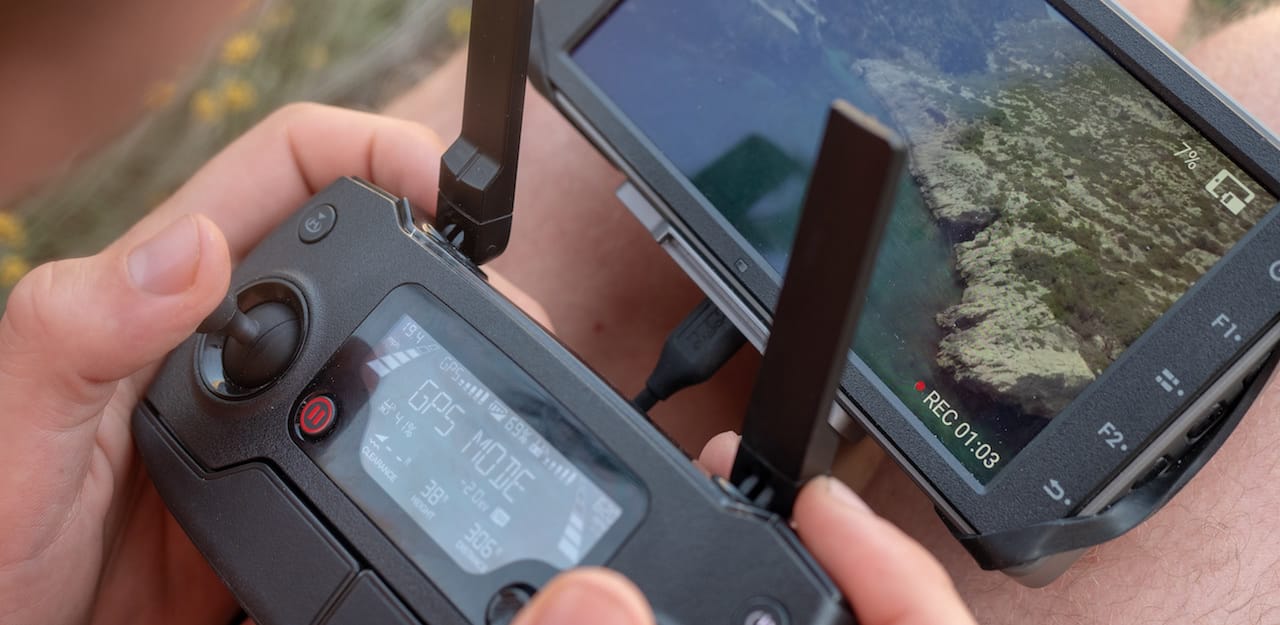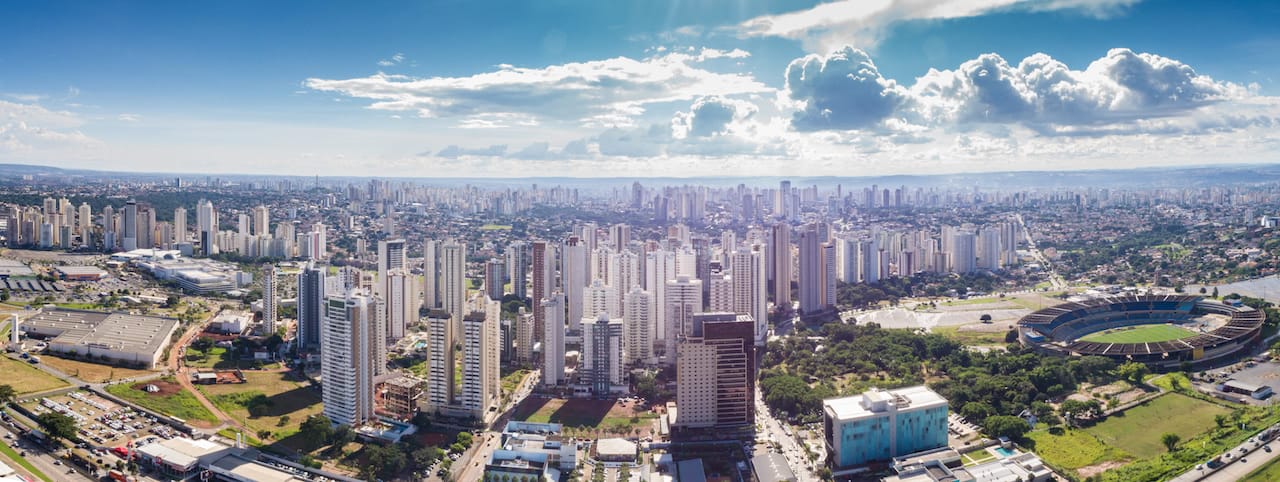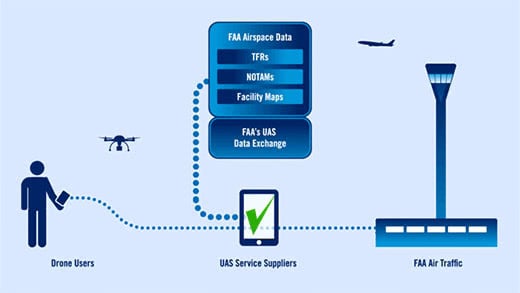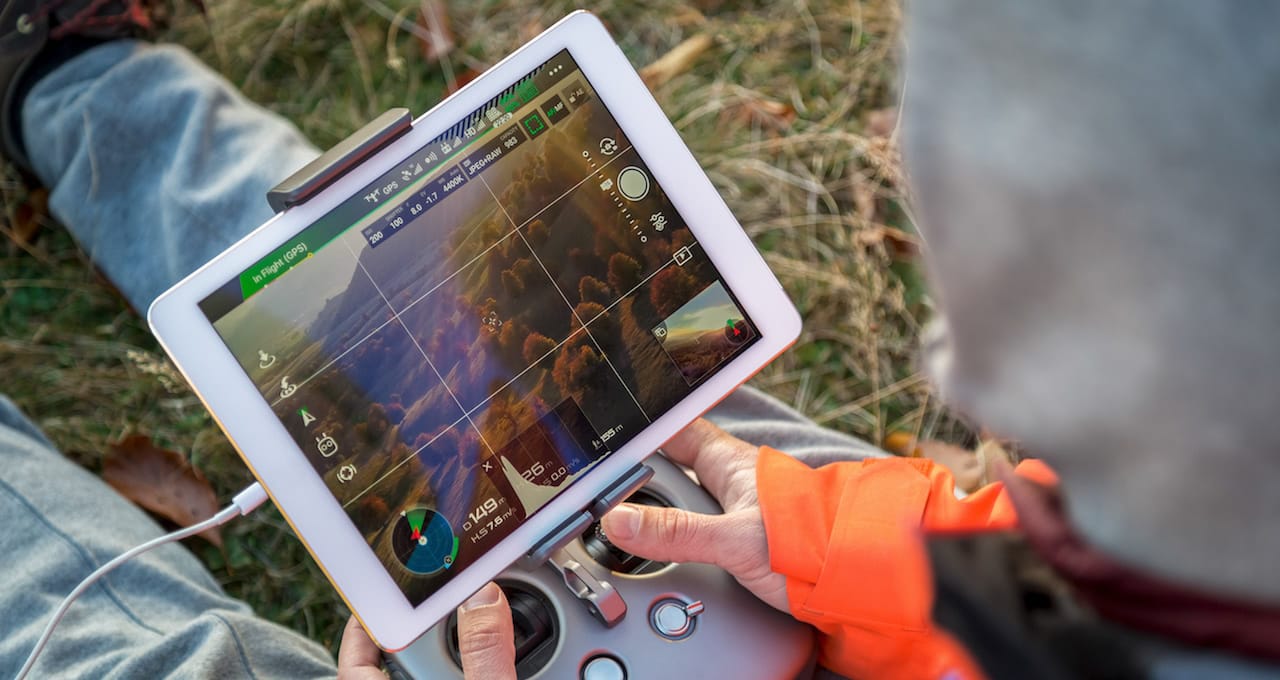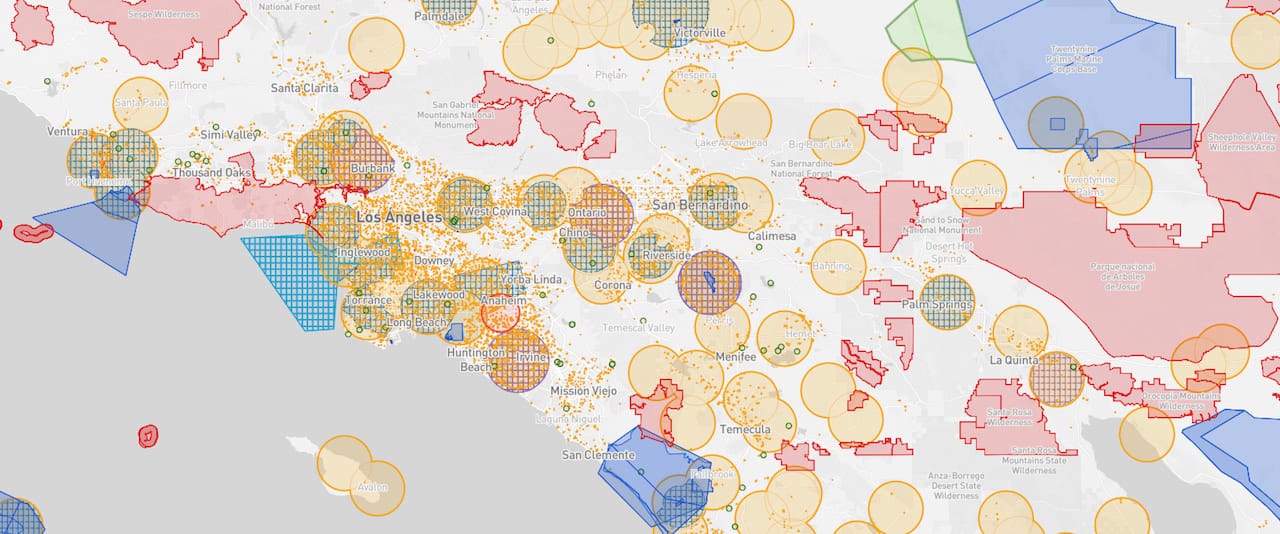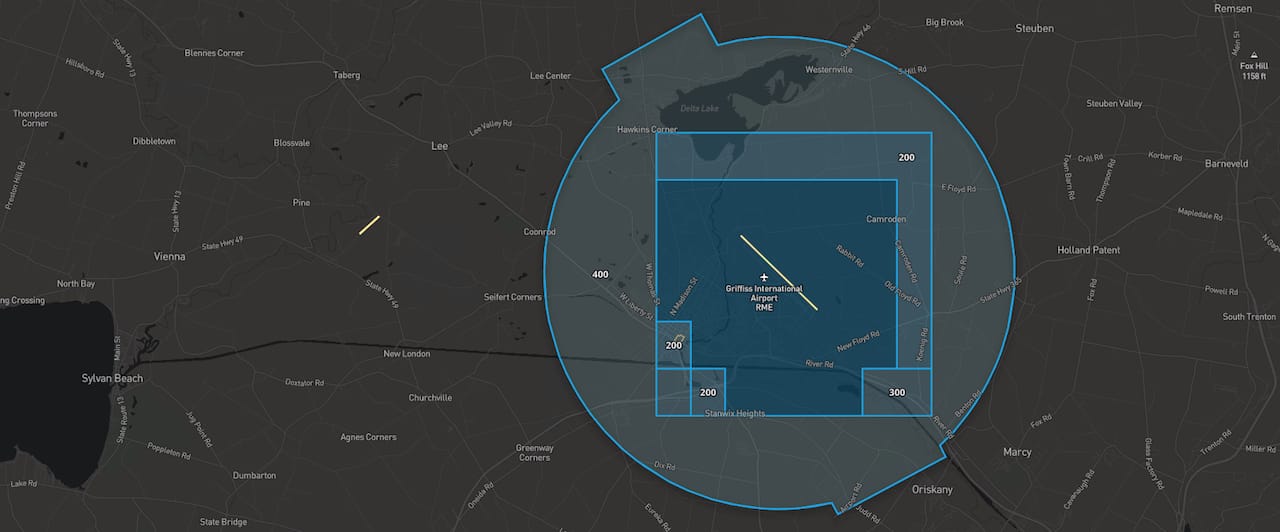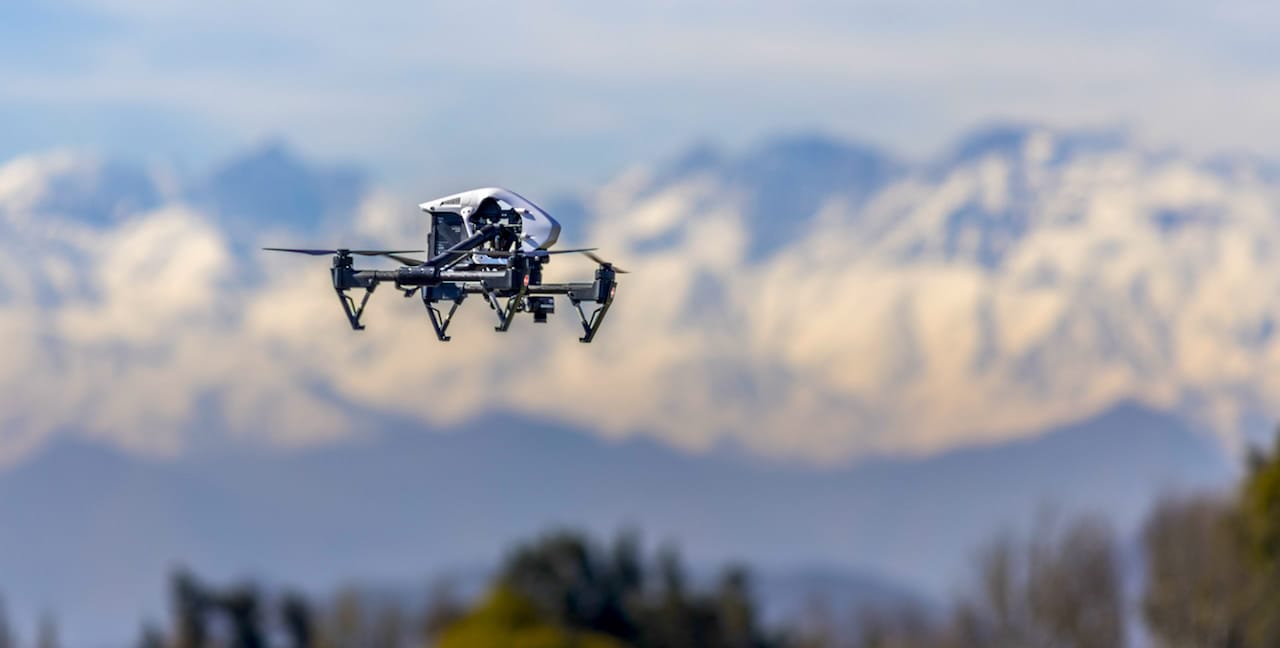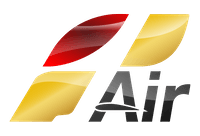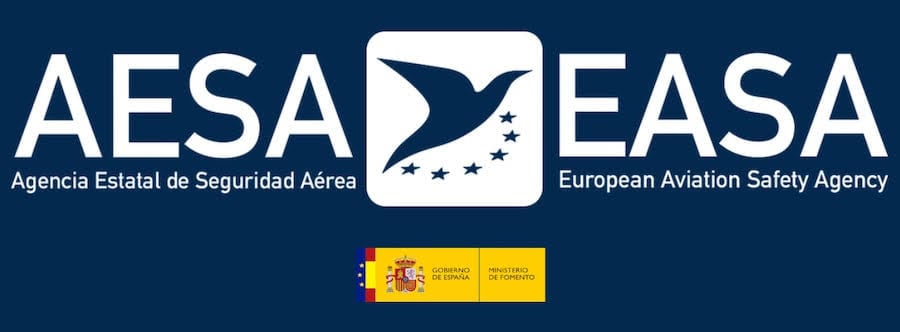The Federal Aviation Administration (FAA), the body in charge of regulating aviation in the USA, is also in charge of issuing UAS regulations and, therefore, determines what you can and cannot do when flying drones in the United States.
In this post, we will guide you through the most recently published regulations. And we’ll also give you essential tips and helpful resources to ensure you have a safe and compliant experience.
Here’s what you need to know if you’re travelling with a drone in the U.S. Do you need a licence? Can you fly a drone in New York, for example? How do you register a drone in the U.S.? We’ll tell you all about it!
Contents
- Do I need a license to fly a drone in USA in 2024?
- FAA rules for recreational drone flying in the US
- What should I do when traveling with a drone to the United States?
- Do all drones have to be registered with the FAA?
- How to register a drone in the USA
- How to label your drone after registration
- LAANC system for flying drones in the USA
- APPS TO USE LAANC SYSTEM
- Future changes in Laws on Drones in the USA
